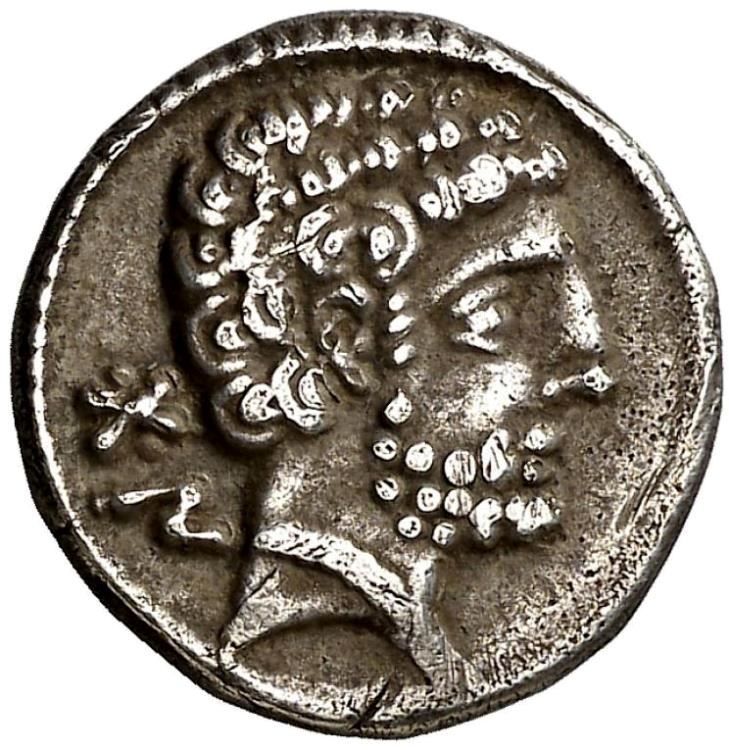The Celts in the Iberian peninsula were traditionally thought of as living on the edge of the Celtic world of the La Tène culture that defined classical Iron Age Celts.
Earlier migrations were Hallstatt in culture and later came La Tène influenced peoples. They were explicitly mentioned as being Celts by several classic authors (e.g. Strabo).
They spoke the Celtiberian language and wrote it by adapting the Iberian alphabet. Archaeologically, many elements link Celtiberians with Celts in Central Europe, but also show large differences with both the Hallstatt culture and La Tène culture.
The Iberian Celts struck coins alongside the native Iberians, often with mixed legends and inscriptions. These coins were often typologically similar, with a heroic male portrait on the obverse and a horseman on the reverse - the so-called "jinete" (horseman) coins.
Earlier migrations were Hallstatt in culture and later came La Tène influenced peoples. They were explicitly mentioned as being Celts by several classic authors (e.g. Strabo).
They spoke the Celtiberian language and wrote it by adapting the Iberian alphabet. Archaeologically, many elements link Celtiberians with Celts in Central Europe, but also show large differences with both the Hallstatt culture and La Tène culture.
The Iberian Celts struck coins alongside the native Iberians, often with mixed legends and inscriptions. These coins were often typologically similar, with a heroic male portrait on the obverse and a horseman on the reverse - the so-called "jinete" (horseman) coins.


.jpg)